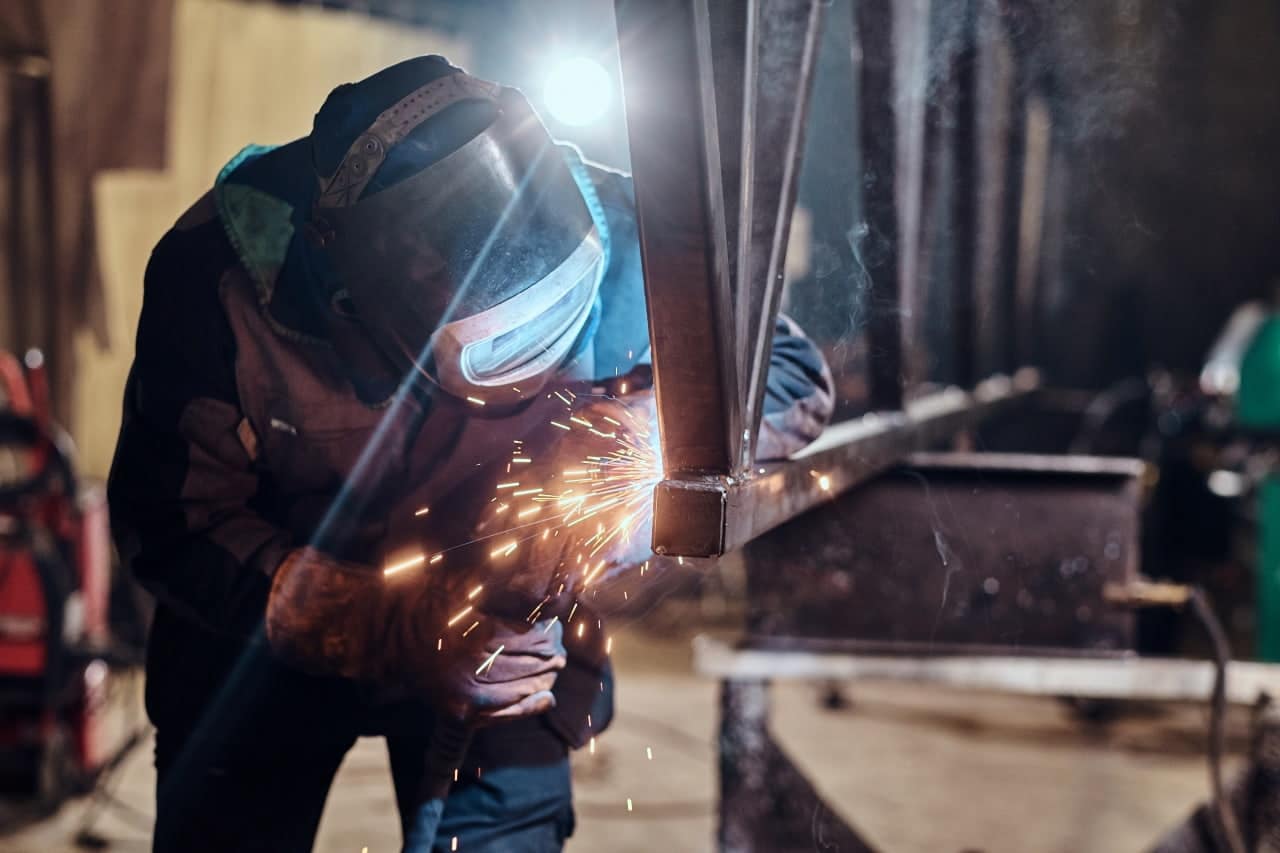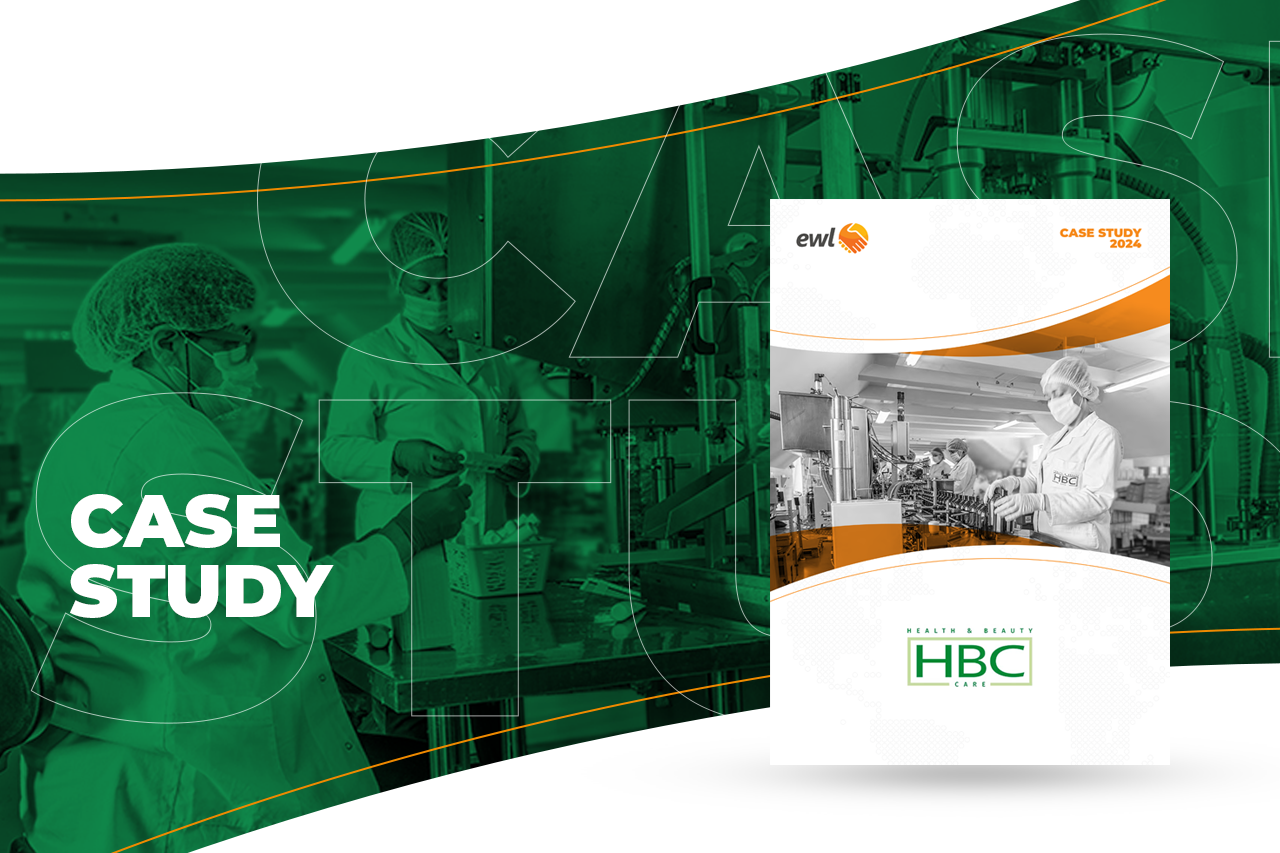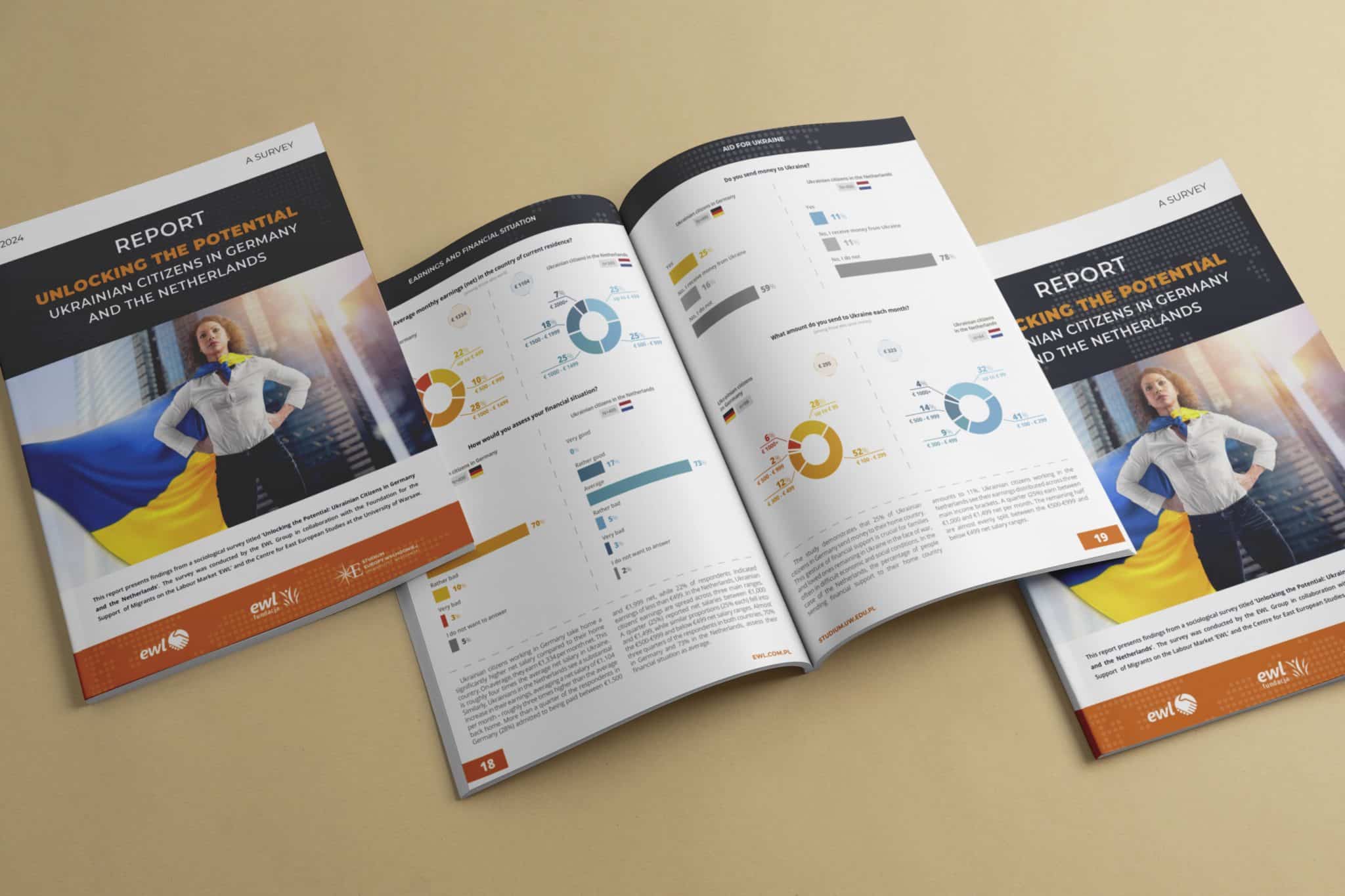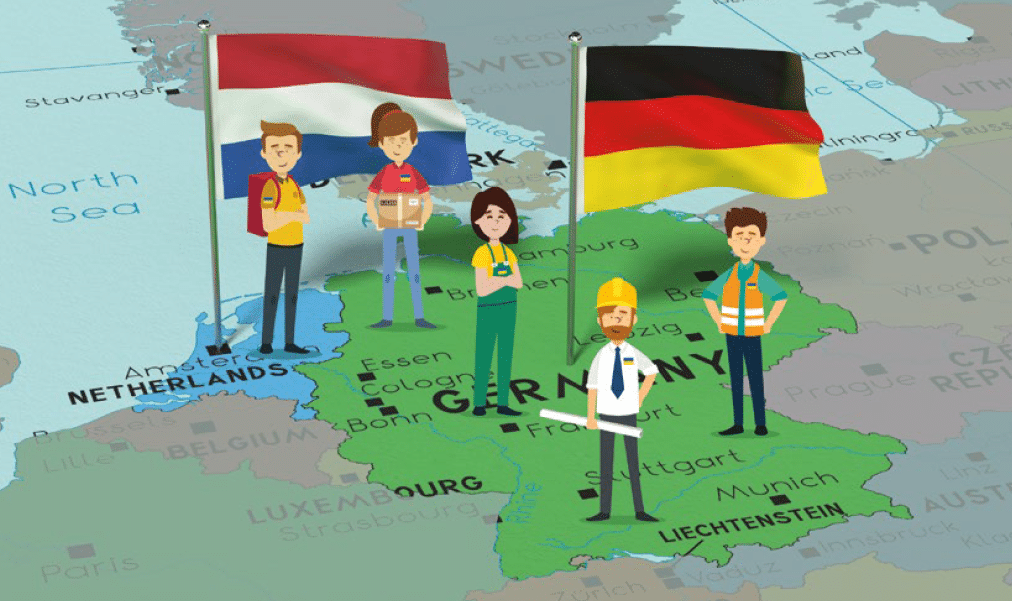
Starting a new life in a foreign country is never easy. Many aspects of an individual who tries to become an immigrant can be hard to understand by some and disregarded by others. Thankfully, the European Union coined specific laws to make life of a future immigrant easier to maintain.
When wanting to start a new chapter in Europe, or while simply looking for new opportunities abroad, one must realize what the steps are that allow working in the European Union legally.
People who want to change the country that they live in can be both useful and prominent while doing jobs of every kind. The cliché of an immigrant doing exclusively low income and repetitive work is long gone. People of different origins can fulfill roles and meet expectations that require any set of skills. All they need is a chance to shine.
However, there are strict rules and procedures that such people need to obey in order to properly accommodate.
As labor types differ, the ways people can access the EU market vary accordingly. Thus, before discussing skilled and unskilled work, it is worth to mention the hoops, a potential employee needs to jump through to be able to legally and officially take up an employment opportunity. Especially, since the labor status influences the path and route to obtaining the work permit in the first place immensely.
Visas, a key aspect of the immigrants’ labor
The immigrants-to-be need to apply to the competent national authorities for a residence permit or a long-stay visa. The immigration services of the host EU country will decide on the application as soon as it is possible, and within a maximum of 90 days.
There are a few types of the work visas. Depending both on a status and skills of a future citizen the laws of the immigration process differ greatly. Understanding the definition of such is the key factor in validation of the individual as an immigrant.
This instrument depends on the certified abilities, skills and qualifications of the potential employee. Thus, the variety of options corresponds directly to whether one can be considered a high-skilled, semi-skilled, low-skilled, or even unskilled, worker.
How do the types of workers differ?
Knowing more about the paths to legally providing employment, we may dive deeper into specific categories of labor. Each term used corresponds to a particular educational and professional background that can directly influence the ease, or difficulty, of the hiring process.
High-skilled labor
The main difference between skilled labor and unskilled labor is the fact that skilled workers require specialized training, whereas unskilled workers do not. Also, because of the many technological advances in place today, there is more demand for highly specialized professionals than untrained workers.
Due to this, many unskilled and semiskilled labor workers are choosing to gain particular skills to move into higher positions. Lastly, skilled labor workers tend to get paid more than unskilled labor workers because of their background, education, skills, and training.
It is of extreme importance to view such individuals as a source of new opportunities s and growth. Such workers should not be disregarded as a threat to a casual citizen of a country in which aforementioned workers try to participate in.
Some examples of types of laborers and potential jobs of skilled labor:
- Upholstery / furniture upholstery / upholsterer’s assistant,
- Insulator – industrial fitter,
- Electrician for electrical installations,
- A smelter on induction furnaces,
- Electromechanic,
- Conventional turner,
- Welder (Mig, Mag) / assistant welder,
- Maintenance specialist (heavy industry),
- Locksmith,
- Carpenter,
- Cutters,
- Seamstress.
Semi-skilled labor
Semi-skilled labor is a category of jobs that require certain abilities and training beforehand, but not advanced education or specialized skill sets. A person in a semi-skilled labor position likely has responsibilities that require them to perform repetitive tasks while paying attention to the quality of their services or products.
Semi-skilled positions may also ask employees to have or develop customer-facing skills, such as communication abilities, empathy, and professionalism. Semi-skilled jobs ask employees to undergo some training and develop skills, so understanding what positions are considered semi-skilled labor can help in figuring out what skills the candidate might need to focus on, and which they already have.
Semi-skilled labor is often compared to unskilled labor and skilled labor. However, skilled labor refers to jobs that require both specialized skill sets and advanced training. This may be interpreted in different ways, depending on the industry, as it is hard to make a sweeping statement that would apply to all jobs at once.
Some examples of semi-skilled labor positions:
- Line quality controllers,
- CNC operator (Fanuc and Siemens control systems),
- Electricians,
- Builders,
- Facility Management Specialists,
- Welders.
Low-skilled and unskilled labor
As shown above, highly skilled workers have many opportunities in the EU. Wondering what is the unskilled labor? This term refers to jobs that don’t require a specific educational background and that most people can perform. Unskilled work duties may involve limited responsibility, and the candidates can typically learn the skills required through training on the job.
Many organizations value unskilled employees because those jobs keep them operating smoothly and can account for a large portion of the overall workforce. One may find unskilled work in jobs that involve operating simple machinery or completing repetitive duties. Unfortunately, because the unskilled labor doesn’t require a special set of skills or qualifications, it doesn’t usually provide salaries as high as semi-skilled laborers and skilled laborers are offered.
Some examples of unskilled workers positions:
- Food preparation line workers, kitchen help, and fast-food employees.
- Hotel or residence housekeepers.
- Janitorial workers or cleaners.
- Seasonal associates.
- Stocking associates.
- Line operators.
- Semi-automatic sewing machine operators.
- Waste management workers.
Future perspective
According to the report “Skilled Migration: A Sign of Europe’s Divide or Integration?” , the European countries’ economies have experienced profound changes since the early 1990s, in the context of global economic integration and increasing international migration.
The number of foreign-born residents in the European Union has more than doubled since 1990, reaching 60 million in 2019. As a result, the EU hosts close to one-quarter of all the world’s migrants. A sizable share of migrants in the EU is from other EU member countries (21 million).
By destination area, most Eastern EU emigrants migrate to the Western EU countries, whereas Western EU emigrants remain within the region or immigrate to non-EU countries, mostly more developed non-EU OECD countries.
The rise in skilled migration to the EU has been even more pronounced over the past 15 years, reaching 13 million of tertiary-educated migrants in 2019.) High-skilled migrants in the EU tend to be younger than the average migrant population. A higher share of tertiary-educated migrants from Eastern EU countries are women, while there is broader gender parity among skilled migrants from the Western EU.
Skilled workers migrants tend to self-select into occupations with a different task content than natives. Occupational downgrading is a relevant phenomenon, which particularly affects qualified migrants from Eastern EU countries. When working in high-skilled occupations, migrants tend to perform more analytical tasks, while natives are concentrated in communication-oriented tasks.
Information and communication technology represents one of the largest shares of occupation for educated migrants, claim the authors of the report. To fully understand skilled labor, it is important to realize what unskilled labor is.
As shown above, the work environment of EU is open to many different kinds of people with different sets of skills. Both professionals and those of lesser experience may find their very own place in a market that is a part of the European Union; connecting people of many backgrounds and abilities has always been its main goal.
Moreover, around 9% of German population consists of expats, and that is only one example. The number of people residing in an EU Member State with citizenship of a non-member country on 1 January 2021 was 23.7 million, representing 5.3% of the EU population. This proves that the European job market is continuously growing and the number of migrants joining it keeps rising.

Are you planning to employ foreigners?
From the outset of our cooperation, we offer you assistance with a thorough needs analysis and recruitment of employees.







